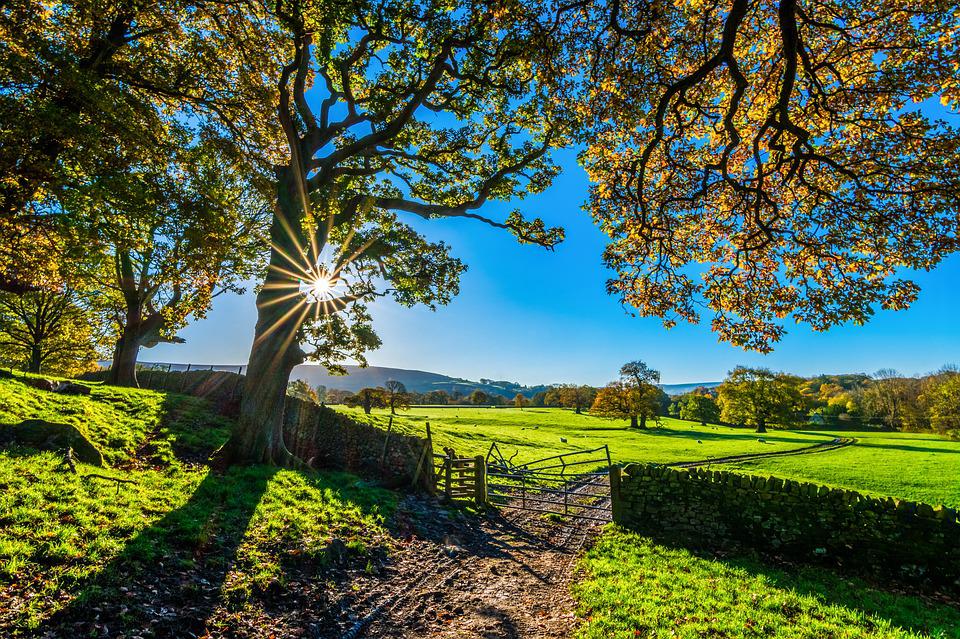



Article by: Hari Yellina
Before we look at how individuals are investing in Australian agriculture without actually purchasing a cow, let’s take a look at why it’s doing so well. “Being imprisoned causes a lot of anxiety.” Grain producers in Australia harvested a record-breaking crop this summer, totaling an estimated 61.9 million tonnes. Then Russia invaded Ukraine, one of the world’s largest grain producers, driving up already high prices. Moreover, canola being exported from Kwinana, Western Australia, is earning more than $1,200 per tonne, a 72 percent increase over the previous year’s price. Additionally, cattle prices are also sky-high. Live light steers sent from Darwin to Indonesia are now valued $5.50 per kilogramme, up 112% year on year. The price of agricultural land is likewise continuing to rise.
According to Elders’ analysis of Core Logic data, the median price per hectare of Australian land climbed by 18.4% in 2021, reaching a new high of $7,060 per hectare. Let’s take a look at how regular people — those without a farm, vehicle, or tractor — might participate in the boom. It comes with a huge caution, though: this essay is just intended to provide general information. In light of your specific circumstances, you should consider seeking independent professional advice. One of the simplest ways for average investors to invest in agriculture, according to Evan Lucas, chief market strategist at InvestSMART, is to purchase ag-focused Exchange Traded Fund (ETF) units on the Australian Stock Exchange (ASX).
ETFs are essentially a collection of stocks having a common theme. Mr Lucas said it was difficult to find an ETF that concentrated solely on cattle or wheat, but there were some that were more widely focused on agriculture. Investing in agriculture-focused ETFs, according to Matt Dalgleish, commodity markets intelligence manager at Thomas Elder Markets, is a less expensive method to get a foot in the door than buying a farm. “They can be comparatively small nominal investments, in the thousands or tens of thousands of dollars, instead of the millions of dollars that most farming enterprises require,” he said. Mr Lucas proposed that real estate investment trusts (REITs) be taken into account because some of them “really bundle up a lot of agricultural land” and “agricultural providers.” He added, “They also tend to look at being landlords of things like processing plants.” “A lot of the dairy processing plants are owned by REITs, who then lease them out to your Fonterras or whatever.” “It’s definitely a space where we’re seeing a lot of interest [because] soft commodities are exploding right now.”
Agriculture, according to Mr Dalgleish, is in a boom phase, and many of its commodities have a bright future for at least the next decade. “In particular, products like sheep meat,” he continued, “due to limited supply and rising demand.” It [agriculture] may experience a hiccup during the next drought, but the worldwide prospects and opportunities are enormous. Mr Lucas claimed that Australians were “extremely good at agriculture,” and that this could be a good reason to look into it.